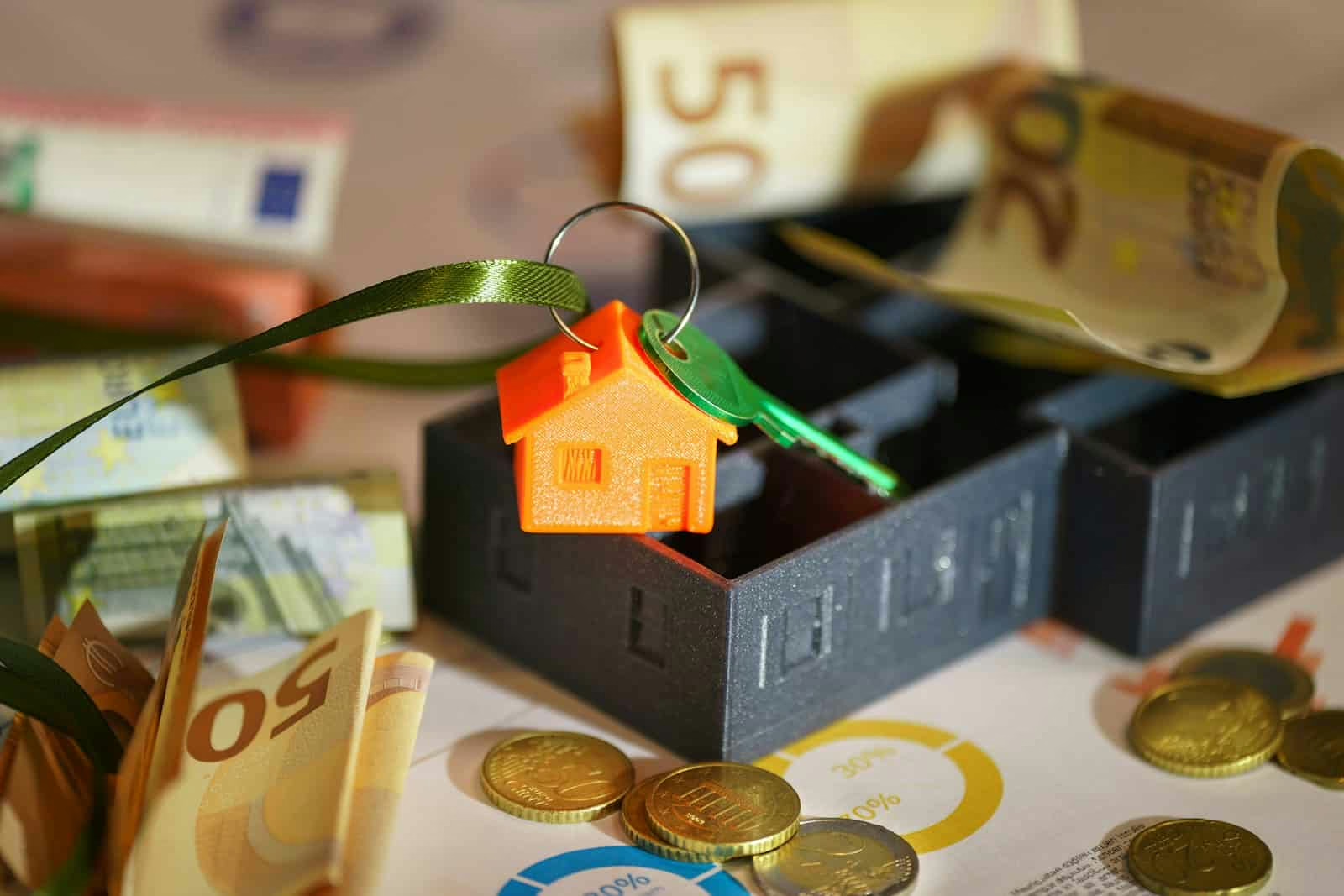Contents
In the previous article in this series, we looked at Gross Rental Yield as a quick and easy way to initially value an investment property. Today, we’ll go into greater detail with a much more realistic metric – Net Rental Yield.
This indicator is extremely important for investors because it takes into account the real costs and shows the true efficiency of a property.
What is Net Rental Yield?
Net Rental Yield provides a much more realistic assessment of the profitability of an investment property as it takes into account all the ongoing operating costs associated with owning and renting it.
The calculation formula is:
Cap Rate (%) = (Net Operating Income (NOI) / Total Property Acquisition Cost) × 100
Key components for calculating Net Rental Yield
1. Annual net operating income (NOI)
This is the annual gross rental income less any operating expenses on the property.
Formula:
NOI = Annual Gross Rental Income – Annual Operating Expenses
2. Typical annual operating costs
These costs can vary greatly depending on property type and location, but typically include:
- Annual property taxes
- Property insurance
- Building or complex maintenance fees
- Property management costs (if using a management company)
- Expenditure on routine repairs and maintenance
- Estimated vacancy costs of the property (usually a percentage of the expected annual rent)
- Utilities to be borne by the landlord
- Bank charges related to servicing the property
Important: In the standard NOI and Net Rental Yield calculation, principal and interest payments on a mortgage loan are not included in operating expenses. They are taken into account when calculating metrics such as Cash-on-Cash Return or some forms of ROI.
This makes the Net Rental Yield directly comparable to the Cap Rate metric widely used globally.
3. Total acquisition price of the property
As in the calculation of gross yield, it includes:
- Purchase price of the property
- Acquisition costs (taxes, notary fees, commissions)
- Improvements or repairs made
Example of Net Rental Yield calculation
We’ll continue with the example from the gross yield article:
- Total acquisition price: €105,000
- Annual gross rental income: €6,000
Assume the following annual operating costs:
- Property tax: €300
- Insurance: €150
- Building maintenance fee: €600
- Property management fee (10% of gross rent): €600
- Reserve for repairs and vacancy (5% of gross rent): €300
Total annual operating costs: €1,950
NOI calculation:
NOI = €6,000 – €1,950 = €4,050
Calculation of Net Rental Yield:
NRY (%) = (€4,050 / €105,000) × 100 = 3.86%
What does Net Rental Yield show?
The net rental yield gives a much more accurate picture of the real return on a property investment than the gross yield.
Important conclusions:
- The greater the difference between Gross Rental Yield and Net Rental Yield, the greater the operating costs.
- A large difference between Gross Rental Yield and Net Rental Yield may signal:
- High maintenance or management costs;
- Poor effective property management;
- Potential for optimisation through better management or renegotiation of costs.
Why is Net Rental Yield important for investors?
- Gives a realistic assessment of a property’s performance
- Allows better comparison between different properties and markets
- Is a key indicator for informed investment decision making
- When calculated correctly, it protects you from unrealistically inflated expectations
Important: The biggest challenge in calculating NRY is accurately and completely estimating all operating costs. This is particularly relevant for overseas properties where costs may include specific local fees, travel or representation costs.
Conclusion
Understanding and properly calculating Net Rental Yield is a must for any serious real estate investor. This is the only way to make a realistic estimate of expected profit and avoid unpleasant surprises.
In the next article in this series, we’ll look at an even more comprehensive metric of your investment’s performance – Return on Investment (ROI).
You might also like:
- Taxation of Income from Property in Turkey (2025): A Complete Guide for Foreign Owners
- Investing in Dubai: Beyond the glamour – the real risks for your Palm apartment
- Property in Sicily – a region with potential: discover the hidden opportunities of the Mediterranean
This post is also available in: Български







